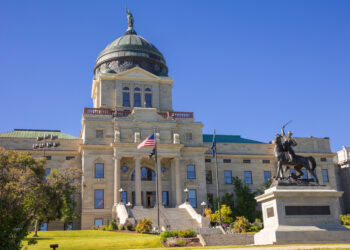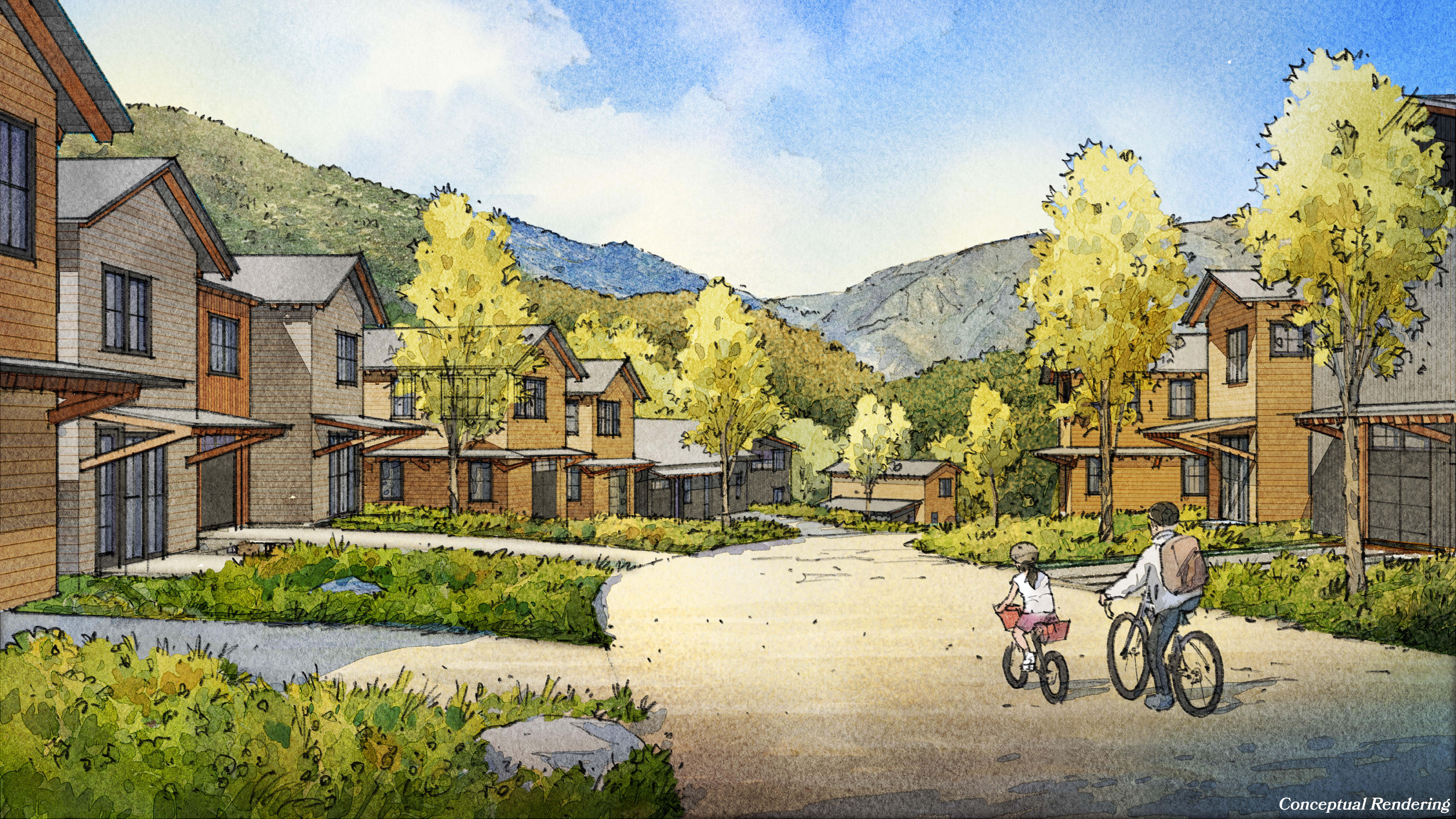As resort town employees struggle to afford homes, HB 162 supporters say legislation may be the solution
By Jen Clancey STAFF WRITER
A bill to include community and workforce housing in the definition of “infrastructure” for resort tax collections could impact a dozen areas in Montana. A 2019 measure allowed areas busy with tourism to benefit from a 1% tax that would help fund infrastructure in their communities like roads and utilities systems. Now, resort town leaders are hoping the Montana Legislature will allow workforce housing to be funded by the 1% tax as well.
On Tuesday, Jan. 21, Rep. Kenneth Walsh (R-Twin Bridges) opened discussion of House Bill 162 in the Montana Legislature’s House committee on local government.
Proponents of the bill, like community leaders from Big Sky, believe that the way to preserve and grow a community is by providing stable, affordable housing—and that destinations in Montana need public funding to make it happen.
David O’Connor, executive director of the Big Sky Community Housing Trust, presented to the committee on Tuesday.
“By definition, community and workforce housing is every bit as critical a piece of a community’s infrastructure as roads, water, bridges and storm water,” O’ Connor said in the Helena hearing. Since it was established as an independent nonprofit in 2020, O’Connor said BSCHT has benefited from resort taxes that have helped to secure 52 permanently affordable purchase homes, 25 low income apartments, 17 purchase deed restrictions, and a rental support program.
“However, the problem is growing as quickly as we can act, if not quicker … Over 80% of our workforce cannot afford a home in the community where they work. We simply cannot make a meaningful dent in one- or two-acre increments,” O’ Connor said. In his view, HB 162 also is a way to take pressure off state and county funds by directing money from local tourism activity into the housing crisis.
“You can’t have a community without locals and you can’t have locals without housing. Gone are the days when housing prices had any correlation at all to local wages.”
Bill Berg
Twelve areas in Montana have a resort tax structure: St. Regis, Craig, Wolf Creek, Big Sky, West Yellowstone, Virginia City, Gardner, Cooke City, Whitefish, Columbia Falls and two areas in Red Lodge. A proponent from Whitefish, Ron Benton, called in to share his experience as a board chair for the Big Mountain Resort Area District.
“I’ll just speak personally. Many of my friends and acquaintances in this area are lift operators. They are ski patrollers. They are firefighters. They are servers,” Benton said. “And their housing problem is our housing problem.” He argued that the people struggling with cost of living and housing are the same people who keep towns like Whitefish great places to visit and live.
Bill Berg, a former Park County Commissioner and chair of the Gardiner Chamber of Commerce, lives in Gardiner Basin. He said the town is losing families and teachers to high costs of living, changing the way the community looks and feels.
“Gardiner has seen school enrollment fall drastically as more families find housing unaffordable,” Berg said. He’s concerned that the people who serve the community will be left behind as housing prices continue to grow. “You can’t have a community without locals and you can’t have locals without housing. Gone are the days when housing prices had any correlation at all to local wages.”
Virginia City Mayor Justin Gatewood, said HB 162 would help the Madison County seat solve unique challenges in housing. As a Historic District, the community must abide by stringent building codes, according to Gatewood.
He said Virginia City has been reliant on resort tax collections for more than 30 years, since it passed a 3% seasonal resort tax in 1990. The additional 1% for infrastructure was crucial as it allowed Virginia City to address infrastructure projects that they “would’ve never been able to address without the 1%.”
In Big Sky, the flexibility of 1% dollars would support a huge workforce housing project called Cold Smoke. The development aims to add more than 125 single-family homes and 264 apartment units to the workforce housing supply in Big Sky, and requires multiple sources of funding to get the job underway.
“The way we would try to finance that is through a variety of tools within the 1% that would include bonding, the 1% vote and annual cash installments, but that is still being worked out to figure out what is the optimal mix,” said John Zirkle, a Big Sky Resort Area District board member. Big Sky voters will see bonding opportunities to partially fund the project on May 2025 ballots.
Another Big Sky proponent of the bill was Jackie Haines, BSRAD’s director of economic and strategic development, and she spoke at the Tuesday hearing about HB 162’s potential impact for resort communities like Big Sky.
“This bill is simple. It adds four words to the code,” Haines said. She noted that even if the bill passes, communities will still vote on whether the funding will go toward specific projects. Community housing projects have required a patchwork of funding to support their completion, according to Haines.
“We have looked at utilizing every public finance tool available to us and still we need more. [HB 162] allows our community to solve our own problems without having to seek any additional funding from county or state or federal governments,” Haines said.
The next step for HB 162 to pass is a committee vote with approval, bringing the bill to the Montana House floor. The bill can be tracked online.













